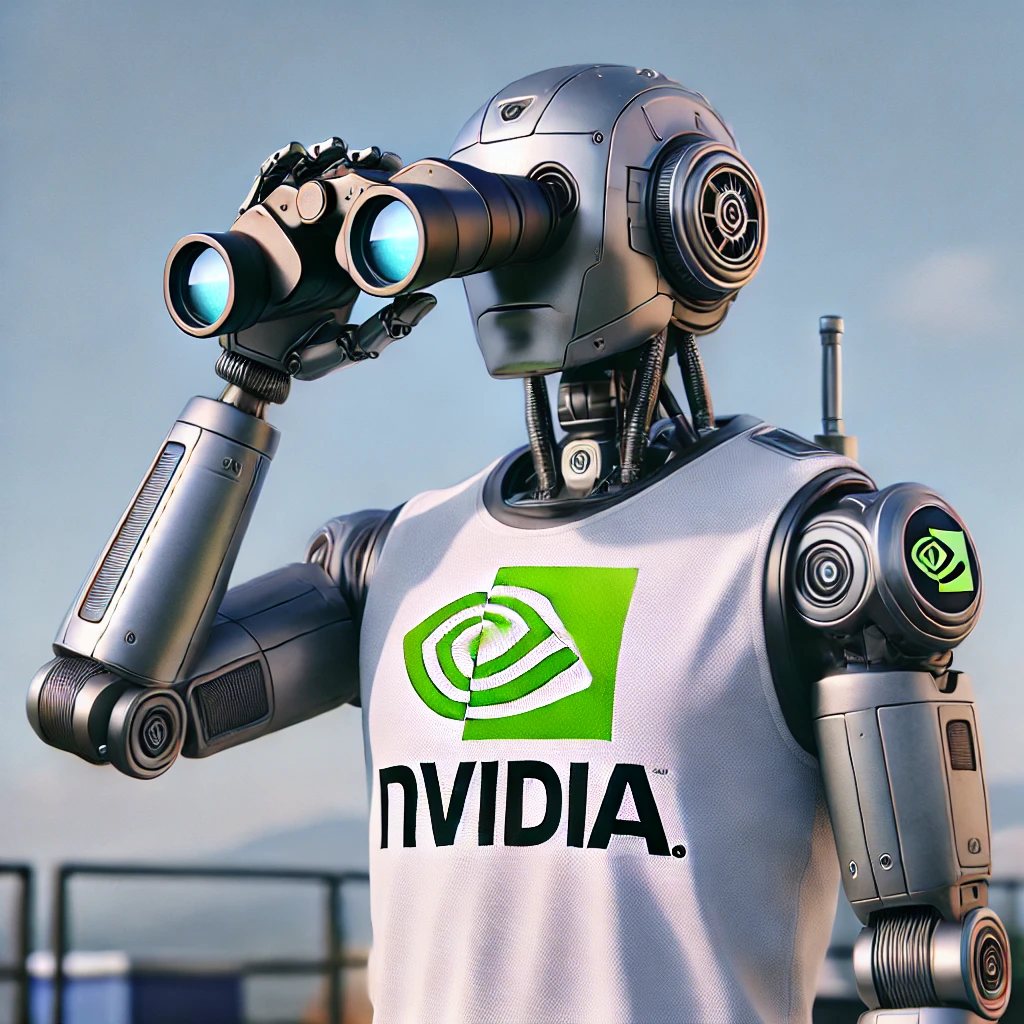Nvidia’s rise to GPU market stardom is a testament to strategic foresight. The company recognized the potential of artificial intelligence (AI) early on and embarked on developing GPUs tailored for AI. Nvidia has not only outperformed its rivals, Intel and AMD but also established itself as the biggest player in the future of technology.
Early Recognition of AI Potential
As early as the mid-2010s, Nvidia recognized that its GPUs’ capabilities extended far beyond gaming. The parallel processing power inherent in GPUs made them well-suited for the complex computations required in AI and machine learning. This realization was pivotal. While traditional CPUs, like those produced by Intel, were designed for sequential processing, Nvidia’s GPUs excelled at parallel processing, making them ideal for handling the large-scale data and intricate algorithms characteristic of AI applications.
In 2016, Nvidia launched the Pascal architecture, which included features specifically designed for AI and deep learning tasks. The Pascal GPUs, such as the Tesla P100, offered unprecedented performance and efficiency for AI workloads, positioning Nvidia as a leader in the AI hardware space. This move was a direct response to the growing demand for computational power in AI research and applications, and it set the stage for Nvidia’s future success.
Strategic Investments and Innovations
Nvidia’s strategic investments in AI didn’t stop at hardware. The company also developed software tools and frameworks to support AI development. The Nvidia CUDA platform, for example, provided developers with the tools necessary to harness the power of GPUs for general-purpose computing, including AI and deep learning.
One of Nvidia’s most significant contributions to AI was the development of the Nvidia Deep Learning AI (NVDLA) architecture, an open-source project aimed at accelerating the development of AI hardware. This initiative helped standardize AI development processes and ensured that Nvidia’s hardware remained at the forefront of AI research and development.
The introduction of the Volta architecture in 2017 marked another milestone. The Volta GPUs, such as the Tesla V100, featured Tensor Cores specifically designed to accelerate AI computations. This innovation allowed Nvidia to maintain its competitive edge, offering unparalleled performance for AI tasks compared to its rivals.
Outperforming Intel and AMD
While Intel and AMD have traditionally dominated the CPU market, they struggled to match Nvidia’s early and aggressive push into AI-specific hardware. Intel’s foray into AI hardware with its Nervana and Movidius chips came later and lacked the same level of market penetration and performance that Nvidia achieved with its GPUs. Similarly, AMD’s focus remained largely on gaming and general-purpose computing, which limited its ability to compete with Nvidia in the AI space.
Nvidia’s strategic foresight and early investments paid off handsomely. By 2020, Nvidia’s GPUs were the de facto standard for AI research and enterprise applications. The company’s dominance in AI hardware was reflected in its financial performance, with substantial revenue growth driven by its data center and AI business segments.
The Current Market Landscape
Today, Nvidia’s position in the AI hardware market is stronger than ever. The company continues to innovate, with its latest Ampere architecture offering even greater performance and efficiency for AI tasks. Nvidia’s GPUs are now integral to a wide range of applications, from autonomous vehicles and healthcare to finance and scientific research.
Moreover, Nvidia’s acquisition of Mellanox Technologies in 2019 and its proposed acquisition of ARM Holdings demonstrate its commitment to expanding its influence and capabilities in the AI and data center markets. These strategic moves ensure that Nvidia remains at the cutting edge of technology, outpacing competitors like Intel and AMD.
Nvidia’s foresight in recognizing the potential of AI and developing GPUs tailored for this market has been a game-changer. By investing in both hardware and software innovations, Nvidia has not only outperformed its rivals but also set new standards in AI development. As AI continues to evolve, Nvidia’s strategic decisions and innovations ensure that it remains a pivotal player in shaping the future of technology.



